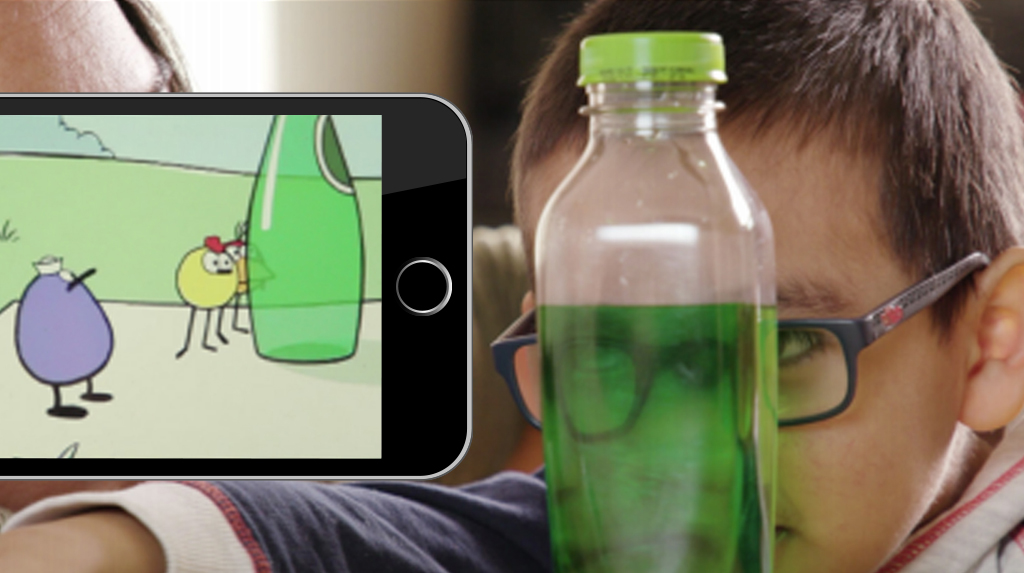Topic Study for K-12 Science Teachers: Distance-Learning Strategies that Support Student Sensemaking, July 2020
Many states, districts, and schools are unsure of what the coming school year will bring. Will we back together in the classroom or teaching and learning from a distance? Perhaps a blend of the two? In this four-part web seminar series, we’ll explore ways in which we can continue to give our students experience with relevant, intriguing phenomena to create the need to engage in science learning to explain what they’ve observed utilizing distance-learning strategies.
Many states, districts, and schools are unsure of what the coming school year will bring. Will we back together in the classroom or teaching and learning from a distance? Perhaps a blend of the two? In this four-part web seminar series, we’ll explore ways in which we can continue to give our students experience with relevant, intriguing phenomena to create the need to engage in science learning to explain what they’ve observed utilizing distance-learning strategies.
Many states, districts, and schools are unsure of what the coming school year will bring. Will we back together in the classroom or teaching and learning from a distance? Perhaps a blend of the two? In this four-part web seminar series, we’ll explore ways in which we can continue to give our students experience with relevant, intriguing phenomena to create the need to engage in science learning to explain what they’ve observed utilizing distance-learning strategies.
Many states, districts, and schools are unsure of what the coming school year will bring. Will we back together in the classroom or teaching and learning from a distance? Perhaps a blend of the two? In this four-part web seminar series, we’ll explore ways in which we can continue to give our students experience with relevant, intriguing phenomena to create the need to engage in science learning to explain what they’ve observed utilizing distance-learning strategies.
Many states, districts, and schools are unsure of what the coming school year will bring. Will we back together in the classroom or teaching and learning from a distance? Perhaps a blend of the two? In this four-part web seminar series, we’ll explore ways in which we can continue to give our students experience with relevant, intriguing phenomena to create the need to engage in science learning to explain what they’ve observed utilizing distance-learning strategies.









